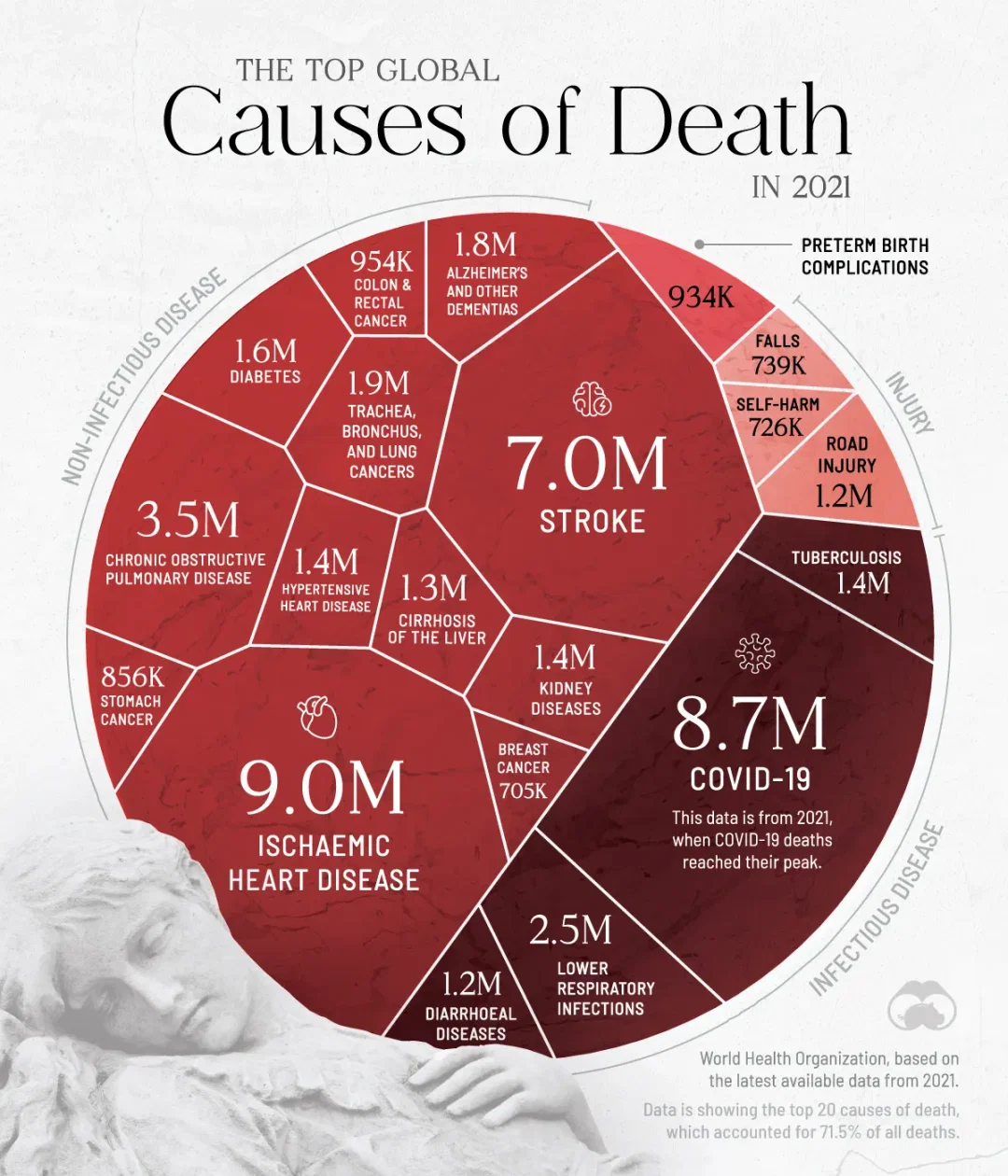
How to Choose the Right Essential Oil for Your Life’s Season
Introduction Our lives move in seasons — moments of growth, rest, change, and renewal. Just as nature shifts with the rhythm of spring, summer, autumn,

Who hasn’t forgotten where they left their car keys or phone? Or perhaps forgotten to defrost dinner? These small lapses are what we commonly call “forgetfulness.” But memory failures, as mundane as they may seem, can stem from various factors. In this post, I’ll delve into one specific aspect of memory lapses: the role of time in forgetting.
It’s no secret that memory fades as time passes. In simple terms, the longer the interval between learning something and recalling it, the more likely we are to forget. This phenomenon has been studied extensively, with one of the earliest and most notable contributions coming from Hermann Ebbinghaus, a German psychologist.
Ebbinghaus conducted groundbreaking experiments on his own memory using lists of nonsense syllables. He discovered that memory decay follows a specific pattern: it declines rapidly immediately after learning and then becomes more gradual over time. This pattern, known as the “forgetting curve,” has since become a foundational concept in understanding memory.

One of the most respected theories explaining this phenomenon compares memory to the erosion of soil. Just as wind and water gradually wear down landscapes, our mental traces—or memory engrams—degrade with time. This decay is thought to result from normal metabolic processes in the brain. Over time, these processes weaken memory traces until they eventually disintegrate.
One particularly fascinating line of research supports this idea by examining the relationship between body temperature and memory decay. Here’s the reasoning: just as chemical reactions in general accelerate at higher temperatures, so too might the metabolic processes that contribute to memory erosion.
To test this hypothesis, researchers studied cold-blooded animals, as their body temperature fluctuates with the environment. The findings? Forgetting increases when body temperature rises during the retention interval, supporting the theory that metabolic activity contributes to memory decay. While it’s harder to test this directly in warm-blooded animals (like us puny humans), the evidence remains compelling.
Understanding the mechanics of memory decay isn’t just an academic exercise. It has real-world implications for how we learn, retain information, and even manage daily life.
For example:
By understanding how memory works (and sometimes fails), you can take small steps to strengthen your recall and reduce those frustrating moments of forgetfulness.

At Sunoom, we understand that memory, focus, and clarity are essential for thriving in today’s fast-paced world. Whether you’re looking for tips, tools, or innovative solutions to boost your mental performance, we’re here to help.
Visit www.sunoom.pt and discover how we can empower your mind to achieve more—and forget less. After all, why let your memory hold you back when you have the power to take control?

Introduction Our lives move in seasons — moments of growth, rest, change, and renewal. Just as nature shifts with the rhythm of spring, summer, autumn,

Imagine walking into a space that instantly soothes your spirit, calms your mind, and feels like a gentle embrace from nature itself. That’s the power

Every year, millions of people around the world lose their lives to just a handful of diseases. In fact, about 70% of all deaths are

What is the 08/08 Portal? Every year on August 8th, the powerful Lion’s Gate Portal opens — a cosmic alignment between Earth, the Sun, and

Have you ever felt disconnected from your higher self, experienced mental congestion, or found it hard to trust in your path? These may be signs

Do you sometimes feel disconnected from your intuition or experience mental fog? These may be signals that your Third Eye Chakra—also known as Ajna—is out